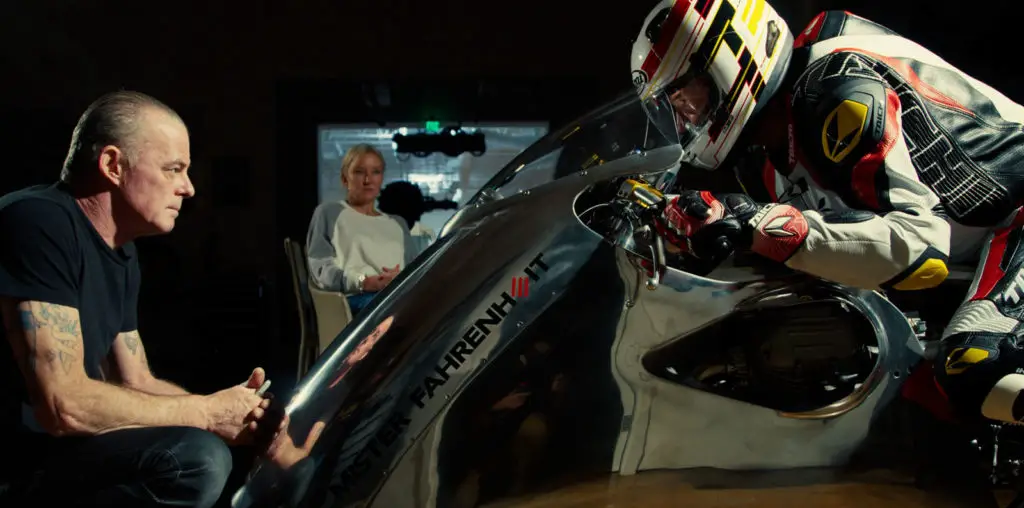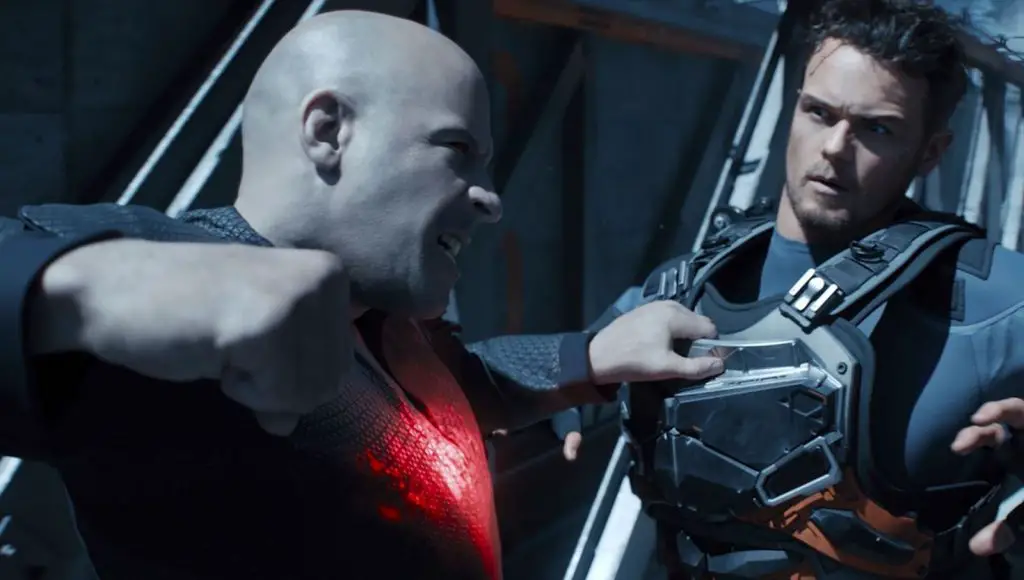
In October 1999, St. Martin’s Press found itself in a major publishing controversy. The company had just released “Fortunate Son,” an unflattering biography of Texas Governor and prospective presidential candidate George W. Bush, when questions about the accuracy and honesty of the book began to surface — most notably the unverified claims that Bush was arrested in 1972 for cocaine possession. The Bush camp, which has consistently refused to acknowledge inquiries about the Texas governor’s drug history, began to send out smoke signals threatening libel litigation. Then, amazingly, news emerged that the author of “Fortunate Son,” James H. Hatfield, had his own brush with the law: a felony conviction for an attempted murder conspiracy that resulted in a five year jail term. St. Martin’s Press abruptly pulled the book from release, creating a major financial loss for the company, but the following year a left-of-center micro-publisher in New York called Soft Skull Press quickly acquired the book with the hopes of making a major impact on the 2000 presidential campaign. Unfortunately for Soft Skull, their gamble ended in disappointment and unexpected tragedy.
The “Fortunate Son” story is one of the most compelling rollercoaster rides in recent political journalism, and making a killer film about this bizarre tale should have been a no-brainer. Unfortunately, filmmakers Suki Hawley and Michæl Galinsky achieved the impossible and created “Horns and Halos,” one of the least satisfactory documentaries currently in release.
The main problem with “Horns and Halos” is the focus. Instead of concentrating on Hatfield’s unusual background and the research that went into his book, or trying to piece together the behind-the-scenes drama that resulted in the St. Martin’s Press debacle, the film puts its spotlight on the single least interesting player in this tale: Sander Hicks, the president of Soft Skull Press. At first, Hicks seems to be created by a gaggle of sitcom writers: he is a tall, boyishly handsome, peppy personality who runs his tiny company from the basement of a Lower East Side tenement where he works as the superintendent. Needless to say, there is a lot of footage of Hicks happily sweeping and mopping the floors, shoveling the snow off the sidewalk, taking out the trash, and engaging in other janitorial duties. Zzzzzzz.
Hicks clearly loves being on camera and the camera is always on him. We are treated to a montage of Hicks riding the subway uptown to a “60 Minutes” interview, Hicks goofing with his pals while watching himself on TV, Hicks calling his parents to talk about the interview, Hicks reading aloud Hatfield’s confidential e-mails in an insultingly facetious manner, Hicks building and dismantling a trade show display booth, and (why this got into the film, Lord knows) Hicks jumping about and screaming into a microphone on a club stage while several people with musical instruments stand behind him. I am not certain if the last segment cited was supposed to be a musical number, as Hicks and his cronies show no sign of possessing anything that could be charitably defined as musical talent.
(Speaking of wobbly talent, one may wish to inform Hawley and Galinsky to pay more attention to the tools of their trade. “Horns and Halos” offers a microphone bobbing in an out of the frame, serpentine hisses on the soundtrack, a cameraman’s shadow on the wall and stretches of unbalanced lighting which are so harsh that it would seem the film was illuminated by a search beacon.)
With all the attention given to Hicks, you may be wondering where is Hatfield and his book. For no clear reason, Hatfield is actually a supporting figure here. He never gets to speak his mind and air his soul until the end of the film, when (finally away from the omnipresent Hicks) he confesses the misery and frustration which the “Fortunate Son” adventure brought him. Once a minor writer who made a decent living penning sci-fi novels and quickie movie star biographies, Hatfield leaped at the chance to ascend to the non-fiction A-list with the Bush biography.
But whatever his abilities as a writer of pop culture pap (which are not raised here), Hatfield was a surprisingly careless researcher. “Horns and Halos” points out cases where Hatfield plagiarized from the Texas Monthly magazine and discovers he cited sources who later claimed he never interviewed them. Hatfield also presents a fascinating concept of memory: his insistence that the media paid no attention to “Fortunate Son” prior to the news of his felonious past somehow does not correspond with the fairly loud media drumbeat prior to the book’s first release, or to the fact “Fortunate Son” was #8 on the Amazon.com best seller list at the time it was withdrawn.
As for the allegations of the Bush cocaine arrest, Hatfield produces absolutely no evidence to confirm this incident and blandly claims that the Bush family had the arrest expunged from the court records. Other allegations of Bush misconduct, including a nude dance in a Texas honky tonk while he was in the Texas Air National Guard, are stated without any evidence to prove they happened. Oddly, Hatfield’s research missed the court records of Bush’s 1976 drunk driving arrest in Maine, which remained unknown to the general public until the final days of the presidential campaign.
One would think that Hicks and Hatfield would have learned from the St. Martin’s Press debacle, but their Soft Skull release of “Fortunate Son” stumbled from the start. A “60 Minutes” piece on the new release did little to inspire confidence or interest in the title and its author (as presented here, though, the “60 Minutes” appearance is spun as a major PR coup.) Hatfield penned a new foreword that, in explaining his own criminal record, implicated a Dallas businessman in the crime. The businessman sued and the book and publisher were frozen in limbo until an out of court settlement was reached. By the time the book was truly ready for release, it was June 2001 and no one really cared about the text. Hatfield and Hicks made a disastrous appearance at the Book Expo America, a trade conference where a few indifferent reporters attended a “Fortunate Son” press conference and left to write negative stories on Hatfield’s poor grasp of his subject. A month afterward, nearing bankruptcy and facing an arrest warrant for financial identity fraud, Hatfield committed suicide in an Arkansas motel. Two months later, Hicks was fired from his job as superintendent and was told to remove himself and his publishing office from the Lower East Side tenement he called home. He no longer runs Soft Skull, having left that company to write a book on Bush aide Karl Rove (whom Hatfield alleged fed him the information on the supposed Bush cocaine arrest).
One of the key problems with “Horns and Halos” is the wealth of unanswered questions. A few come to mind immediately: How could any self-respecting writer publish a book rich with scandalous accusations and not provide any documentation to back these claims? Why isn’t anyone from St. Martin’s Press interviewed in the film? Why did Hatfield initially lie when confronted by reporters about his time in jail? How did a shoestring operation like Soft Skull find the money to do a 40,000+ printing of “Fortunate Son” and settle the nasty libel suit by the Dallas businessman? How did Hicks and Hatfield get on “60 Minutes” when nobody seems to be doing any PR grunt work in this film? Why didn’t Hicks sign Hatfield on to do a new book about the making of “Fortunate Son” or any other writing assignment? (Hatfield’s literary career evaporated with the controversy and Hicks makes no offer here to keep the writer employed.) And, to be truly catty, how can someone on a superintendent’s salary wind up with such an extensive and trendy wardrobe as the one which Hicks wears throughout the film?
The failure of “Horns and Halos” calls to mind the comment made by Abraham Lincoln over one of his general’s wartime failures: snatching defeat out of the jaws of victory.

